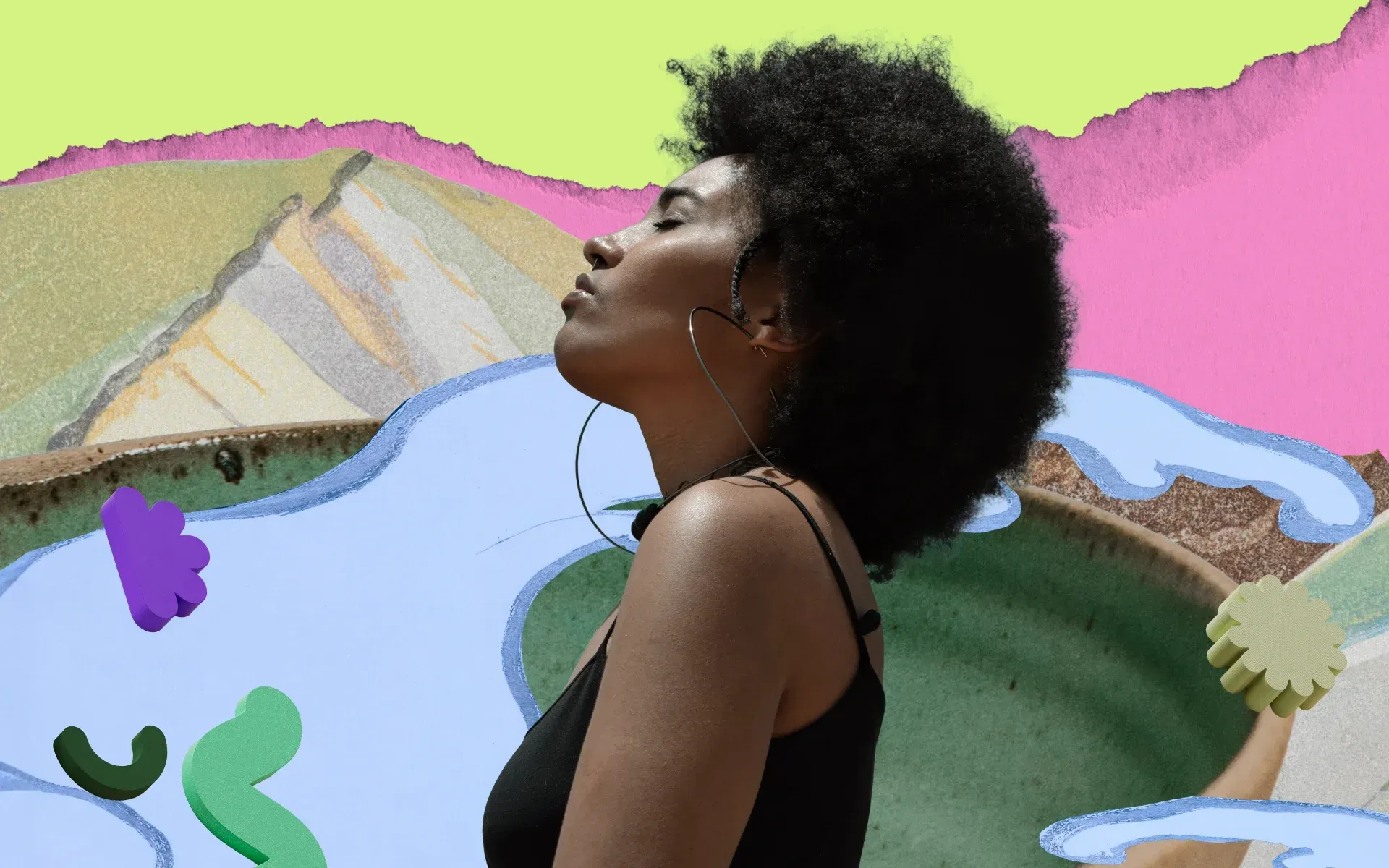What is royalty-free music?
Learn what royalty-free music is, how it works, and why you should take your content beyond royalty-free music with Epidemic Sound.

We’ll discuss:
- What does royalty-free-music mean?
- Is royalty-free music free?
- Is royalty-free music a genre?
- Why use royalty-free music?
- Are there different types of royalty-free music?
- What’s the difference between royalty-free and direct licensing?
- Where do you get royalty-free music?
- Is royalty-free music stock music?
What does royalty-free music mean?
The definition of royalty-free music — not to be confused with copyright-free — is music you can use in content without paying royalties to artists or rights holders every time it’s played. You pay for it once, or on a recurring basis if you subscribe to a royalty-free music service.
Royalty-free doesn’t mean that music creators don’t receive royalty payouts, though — it just means you don’t pay for it. That’s passed on to somebody else, and you usually don’t need to worry about it.
Is royalty-free music free?
No, royalty-free music isn’t free. The word “free” just means you don’t have to pay royalties every time you use that track in your content. If you don’t pay for royalty-free music/secure all the necessary rights, your content may be monetized by the rights holder, blocked, muted, or removed.

Is royalty-free music a genre?
Royalty-free music isn’t a genre. You might see it used as a blanket term for music only used in commercials, but that’s not quite the truth. Royalty-free music can be used everywhere, from YouTube to Instagram, podcasts to Hollywood blockbusters...and commercials.
It can also sound like anything. Royalty-free music can be uplifting, chill, restless, cinematic, ambient, corporate — take your pick. Royalty-free music can lurk in the background of a horror film, soundtrack an outdoor event, add some jazzy overtones to a TV show, or something else entirely.
Why use royalty-free music?
More creators and businesses have switched to royalty-free music because it’s simpler, and often cheaper, than traditional licensing. It usually requires one upfront payment to the rights holder, or a recurring payment if you subscribe for continuous use of the music.
When traditionally licensing music for major productions like TV shows or movies, royalties are paid to the rights holder every time the production airs or a copy of the production is sold. It’s an expensive business — Hollywood studios have reportedly paid $500,000 to use AC/DC’s Thunderstruck in their movies.
This licensing model works for some, but it’s often very complex. Paying royalties in different countries, for different kinds of distribution, and repeating the process for any reproduction takes a lot of time, effort, and money.

Royalty-free music seems like a solid alternative. However, royalty-free music companies aren’t always alone in owning the rights to the music in their catalogs. This means you might still run into copyright issues.
For example, there are public performance rights. These are required to legally play music in a public setting, and are rarely included in royalty-free licenses. If you don’t secure the correct rights, you could face surprise fees, takedowns, lawsuits, retroactive royalties to Performing Rights Organizations (PROs), and more.
Are there different types of royalty-free music?
There are different types of licenses for royalty-free music. Depending on which provider you choose, it’s likely called something different.
Some of these names include:
- Pre-licensed music
- Single-fee music
- Pre-paid music
- One-stop music
- All-in-one music
- Copyright-free music
It can get a little confusing, so let’s keep things simple. Epidemic Sound’s catalog goes beyond royalty-free music. This is made possible through a direct license.

What’s the difference between royalty-free and direct licensing?
As touched on earlier, royalty-free music companies typically don’t own all the rights themselves. They usually operate as a go-between, clearing the rights with the rights holders and then licensing them to customers.
This means the customer may be responsible for rights not included in that license, like public performance. Royalty-free music doesn’t automatically include public performance rights, meaning you still might have to pay royalties when you publish your soundtracked content. More often than not, customers are unaware of this.
A direct license covers all necessary rights, including public performance. You can then publish your content — within the licence’s terms — without worrying about copyright or royalties. Epidemic Sound owns all the rights to the music in its catlog, offering subscribers a direct license.

Where do you get royalty-free music?
You can find royalty-free music via different websites and providers, at varying price points. Or you could use Epidemic Sound’s watertight license.
Synchronization rights, mechanical rights, and public performance rights? All included. Copyright issues? No need to worry. Epidemic Sound’s got you covered.
Is royalty-free music stock music?
You’ll probably see royalty-free music described as “stock” or “elevator” music. That’s a sweeping statement. Some royalty-free music does fit that description, as does some traditionally licensed music.
Epidemic Sound doesn’t.
Epidemic Sound’s catalog is filled with tracks created by hand-picked artists, each signed on a non-exclusive basis. Covering nearly 400 genres and featuring everyone from up-and-coming stars to Grammy nominees and winners like Jordin Sparks and Ebo Krdum, you’ll find a sound for every moment.

On top of that, they’re compensated fairly. As of Q1 2025, Epidemic Sound artists were paid a fixed fee of $1,775–$8,000 per track. They also receive a 50/50 split on streaming royalties, remuneration for AI features, and part of a yearly $4.2 million Soundtrack Bonus.
That doesn’t sound like stock music. That sounds like real music.
The Epidemic Sound catalog is high-quality, affordable, and safe, removing the headache of licensing and freeing you up to do what you do best.
You’ll also gain unlimited access to advanced search functions, AI tools, and soundtracking features. Finding the right sound’s never been easier.
It’s better than royalty-free. It’s worry-free. Get started with Epidemic Sound below.

Related posts:

